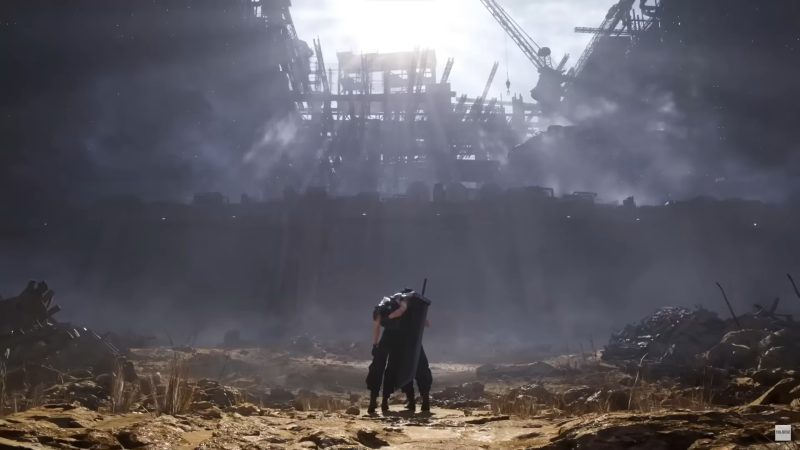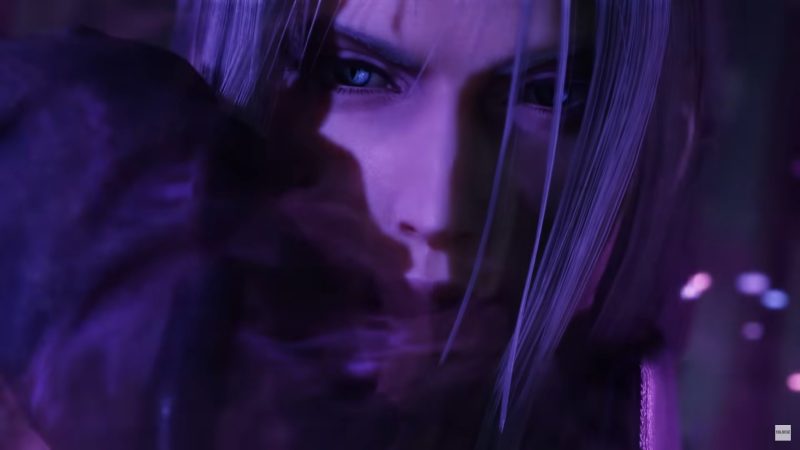Final Fantasy VII Omnislash'd an indelible mark in gaming. The 1997 title's recent reimagination, beginning with Final Fantasy VII Remake and now proceeding with Final Fantasy VII Rebirth, seeks to do the same, reigniting its presence in contemporary gaming culture. Behind this resurgence lies a cohesive team, a shared vision, and a leadership approach keen on honoring the classic while ensuring relevance for today's audience.
Naoki Hamaguchi, the director for Final Fantasy 7 Rebirth, had the challenge and privilege of steering this monumental project. Despite being in high school at the time of the release of the original game, Hamaguchi's journey with the Final Fantasy world saw him assume co-directorship alongside Tetsuya Nomura for the Remake. His rise to the directorial role for Rebirth illustrates a changing of the guard, blending respect for the original creators with a fresh perspective for the contemporary market.
In a recent interview with Bloomberg, Hamaguchi shared that around 80-90 percent of the development team from the 2020 title continued their roles for the sequel. This retention proved invaluable, especially given the project's impressive four-year development timeline. By industry standards, this is remarkably efficient, especially considering that many of its contemporary AAA titles often span five to six years in development. This continuity of personnel cultivated a work environment where members were familiar with one another's strengths, processes, and communication styles. As per his explanation, it was clear who to approach for various challenges. This established synergy contributed significantly to the "flow and tempo of game development."



